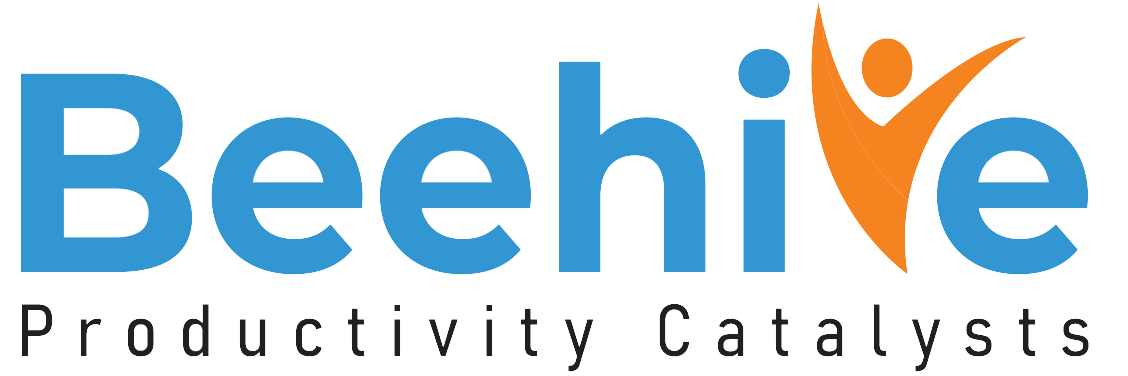WORKFORCE FUTURE PROOFING: The Digital Arsenal Your Competition Doesn't Want You To Discover
Strategic workforce planning has officially entered its main character era. Today hybrid schedules, economic uncertainty, and the occasional global curveball are the new normal. Thus investing in the right workforce management software is a survival gear.
Why workforce planning demands a strategic reset
Workforce management tools are not confined to calculating headcount or figuring out who still has vacation days left. Real strategic workforce planning means understanding where your business is going, what kind of talent will get you there, and how you are going to support them every step of the way. That is where intelligent, scalable workforce management tools step in, turning guesswork into game plans.
Great companies don’t just get lucky with talent, instead they prepare to see what’s coming. Modern workforce management program for organizations is what GPS is to traveling. It is your roadmap for making smarter, data-driven decisions about your people.
Key Components of Effective Workforce Planning
- Data-driven talent assessment
Modern workforce management software provides unprecedented visibility into your talent landscape. Instead of relying on gut feelings or outdated information, today’s tools offer real-time analytics on:
- Skills inventories and gaps
- Performance trends
- Succession planning readiness
- Flight risk indicators
- Productivity metrics
These insights enable more strategic decisions about hiring, development, and resource allocation. By identifying these gaps before new fiscal year, you can adjust your training and recruitment strategies accordingly to cover any gap in existing workforce
- Remote workforce management considerations
Remote workforce management presents unique challenges that traditional approaches don’t adequately address. Modern workforce management tools now offer features like:
- Digital collaboration spaces
- Productivity tracking
- Virtual onboarding systems
- Remote engagement analytics
- Distributed team coordination
The software gives insight into the patterns in productivity, engagement, and collaboration that can help transform your resource allocation for the upcoming fiscal year.
- Technology integration for enhanced planning
The most effective workforce management programs don’t exist in isolation. They integrate with other business systems to provide comprehensive planning capabilities:
- Financial forecasting tools
- Project management platforms
- Customer relationship management (CRM) systems
- Learning management systems
- Time and attendance tracking
This integration allows for more sophisticated scenario planning. This means organizations can model different workforce scenarios and their respective impacts on bottom-line performance.
Leveraging Technology for Workforce Planning Success
Worker Management Software: Beyond basic scheduling
With Beehive Workforce management software you get data-driven predictive analytics. The software also identifies scheduling patterns that maximize employee satisfaction and retention.
Facial Recognition Software: Streamlining Workforce Management
While privacy concerns must be carefully addressed, facial recognition software has become an important component of modern workforce management tools. Beyond simple time tracking, these systems offer:
- Contactless access management
- Enhanced security protocols
- Automated attendance verification
- Improved compliance documentation
Mobile Workforce Management: Planning for Flexibility
As workforces become increasingly distributed, mobile capabilities have moved from “nice-to-have” to “essential” features in workforce management programs. Mobile-optimized tools allow organizations to:
- Enable real-time schedule adjustments
- Facilitate on-the-go approvals
- Support field-based employees
- Enhance communication across locations
- Improve work-life balance through flexibility
Workforce Engagement Software: The Human Element
Perhaps the most overlooked aspect of strategic workforce planning is engagement. Beehive Workforce engagement software provides crucial insights into the human factors that drive performance:
- Employee satisfaction metrics
- Team performance indicators
- Management effectiveness
- Cultural alignment measures
- Recognition and feedback patterns
Research consistently shows that engaged teams outperform by considerable margins. Smart organizations factor this reality into their fiscal planning by investing in workforce engagement software that helps identify engagement trends and intervention opportunities. By prioritizing engagement in workforce planning, companies can have improved retention and productivity, directly impacting our fiscal performance.”
Building Your Strategic Workforce Plan
Step 1: Assess Your Current Workforce Management Approach
Before implementing new workforce management tools, evaluate your existing processes:
- Are decisions based on data or intuition?
- How integrated are your various workforce systems?
- What visibility do you have into remote workforce performance?
- Can you quickly model different staffing scenarios and their financial impacts?
- How effectively are you measuring and addressing employee engagement?
This helps identify the most critical areas for improvement for the new fiscal year.
Step 2: Align Workforce Goals with Business Objectives
Effective workforce planning directly connects people strategy to business outcomes. For each major business objective in your upcoming fiscal year, identify specific workforce implications:
- Will you need different skills or capabilities?
- How might your organizational structure need to evolve?
- What productivity improvements are required?
- Are there workforce costs that need optimization?
- How will changing market conditions affect your talent needs?
This alignment ensures that your workforce management programs directly support business success.
Step 3: Select and Implement the Right Tools
With clear objectives established, you can now evaluate which workforce management software best supports your specific needs. Consider factors like:
- Scale and complexity of your organization
- Industry-specific requirements
- Integration capabilities with existing systems
- Mobile accessibility requirements
- Analytics and reporting functionality
- User experience and adoption likelihood
Remember that even the most sophisticated workforce management tools deliver value only when properly implemented and adopted.
Step 4: Develop Contingency Plans
Strategic workforce planning must account for uncertainty. Use your workforce scheduling software to develop multiple scenarios based on different business conditions. Create contingency plans for situations like:
- Unexpected growth opportunities
- Economic downturns affecting demand
- Competitive threats requiring rapid pivots
- Technological disruptions changing skill requirements
- Regulatory changes impacting workforce compliance
This ensures your organization remains agile despite the inherent unpredictability of business environments.
Measuring Success: KPIs for Workforce Planning
To determine if your workforce management approach is delivering results, establish clear metrics aligned with business outcomes:
- Productivity indices
- Labor cost as percentage of revenue
- Time-to-fill for critical positions
- Retention rates for high performers
- Internal mobility metrics
- Bench strength for key roles
- Return on workforce investment
Regular review of these metrics allows for continuous refinement of your workforce strategy throughout the fiscal year.
The Competitive Advantage of Strategic Workforce Planning
As you prepare for the upcoming fiscal year, it’s time to look beyond spreadsheets and surface-level budgeting. Your workforce is the engine of your competitive edge. We bring you a smart and strategic solution.
With Beehive’s workforce management tools and data-driven planning capabilities, organizations gain operational efficiency, build agility, resilience, and insight. Treating workforce planning with the same precision as financial forecasting sets the stage for long-term performance, no matter what the new fiscal year throws your way.






